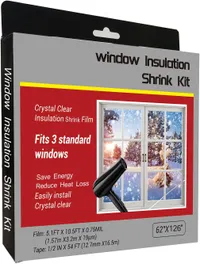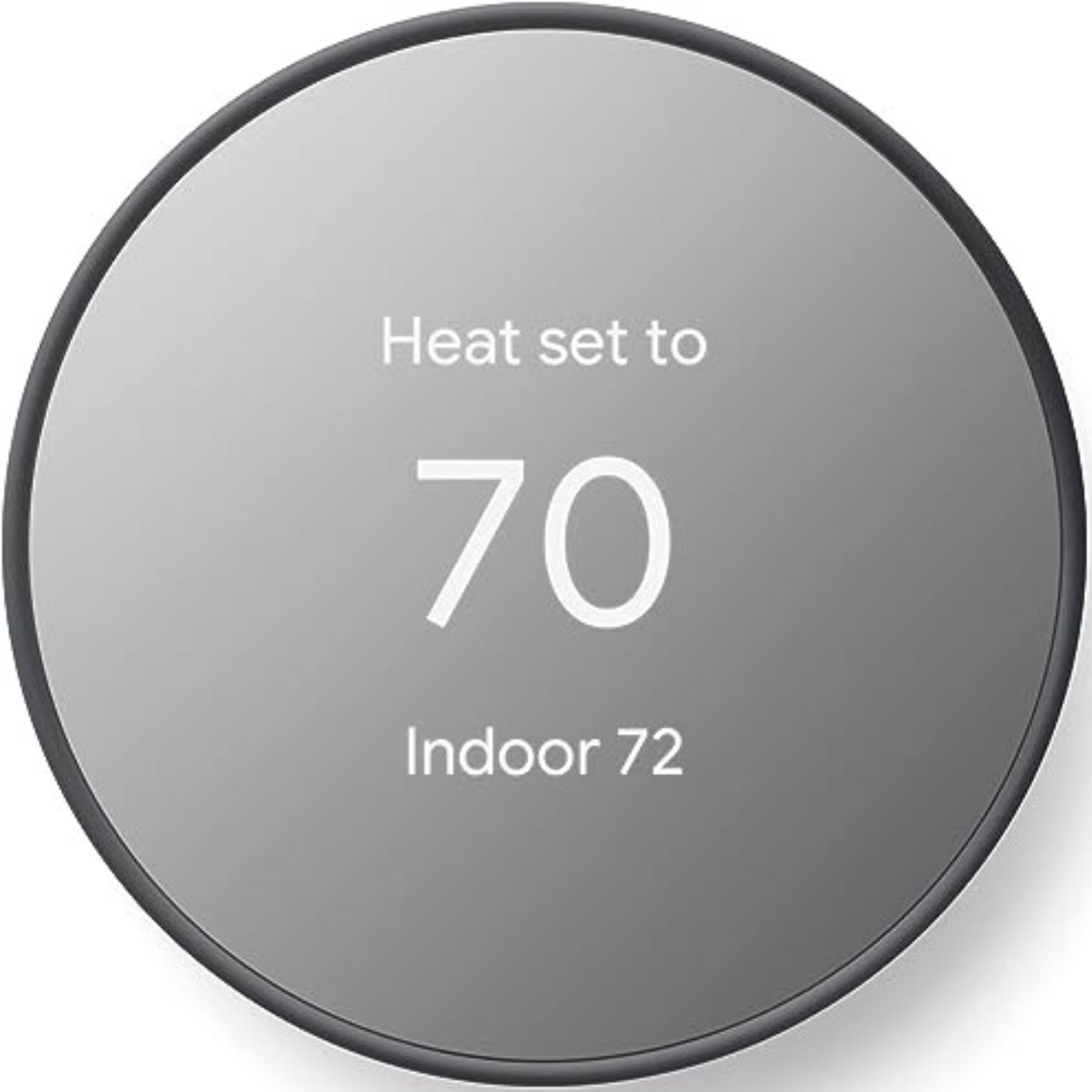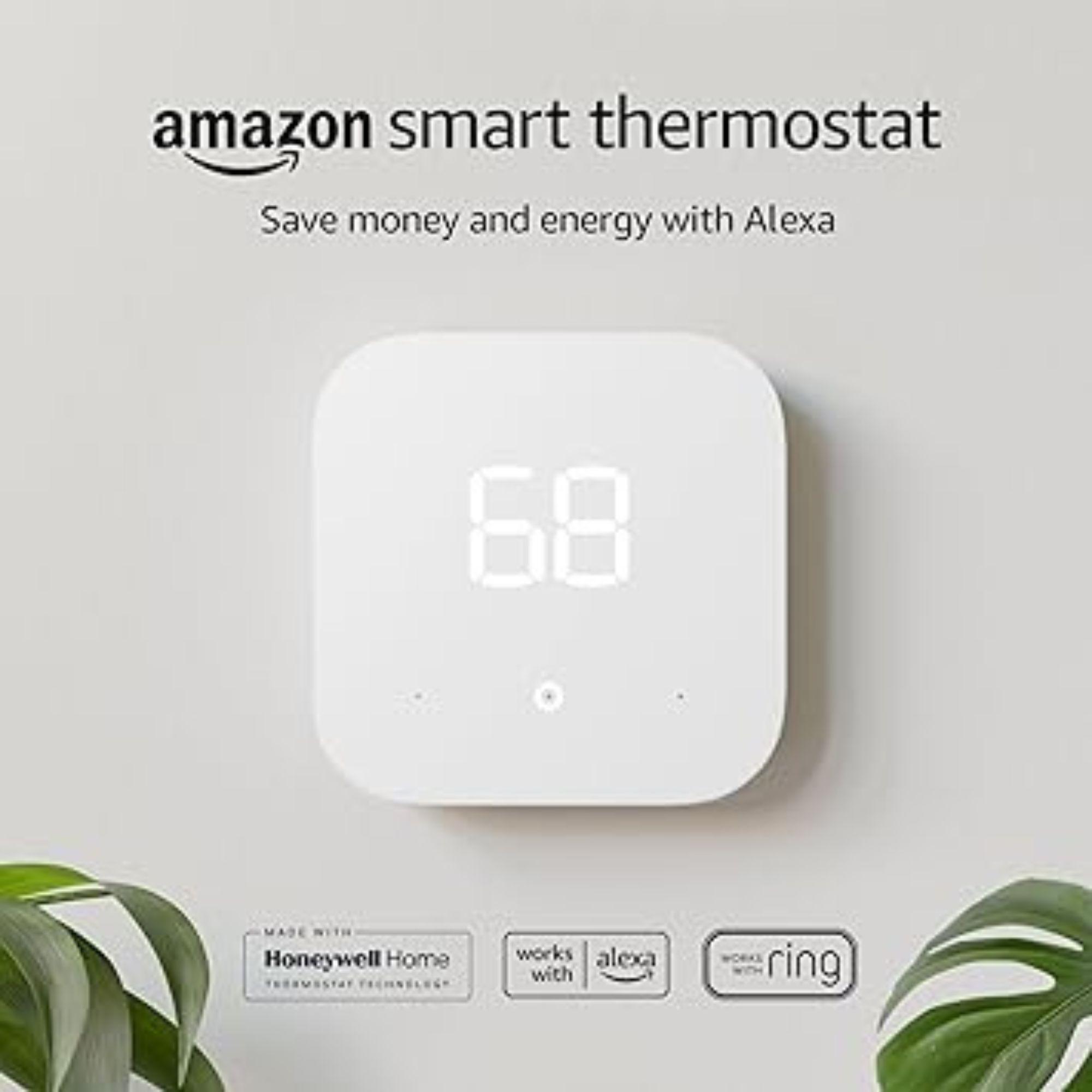Why is my house so cold even with heating? Experts explain all
Beat the freeze with these five tips to get the most out of your home heating

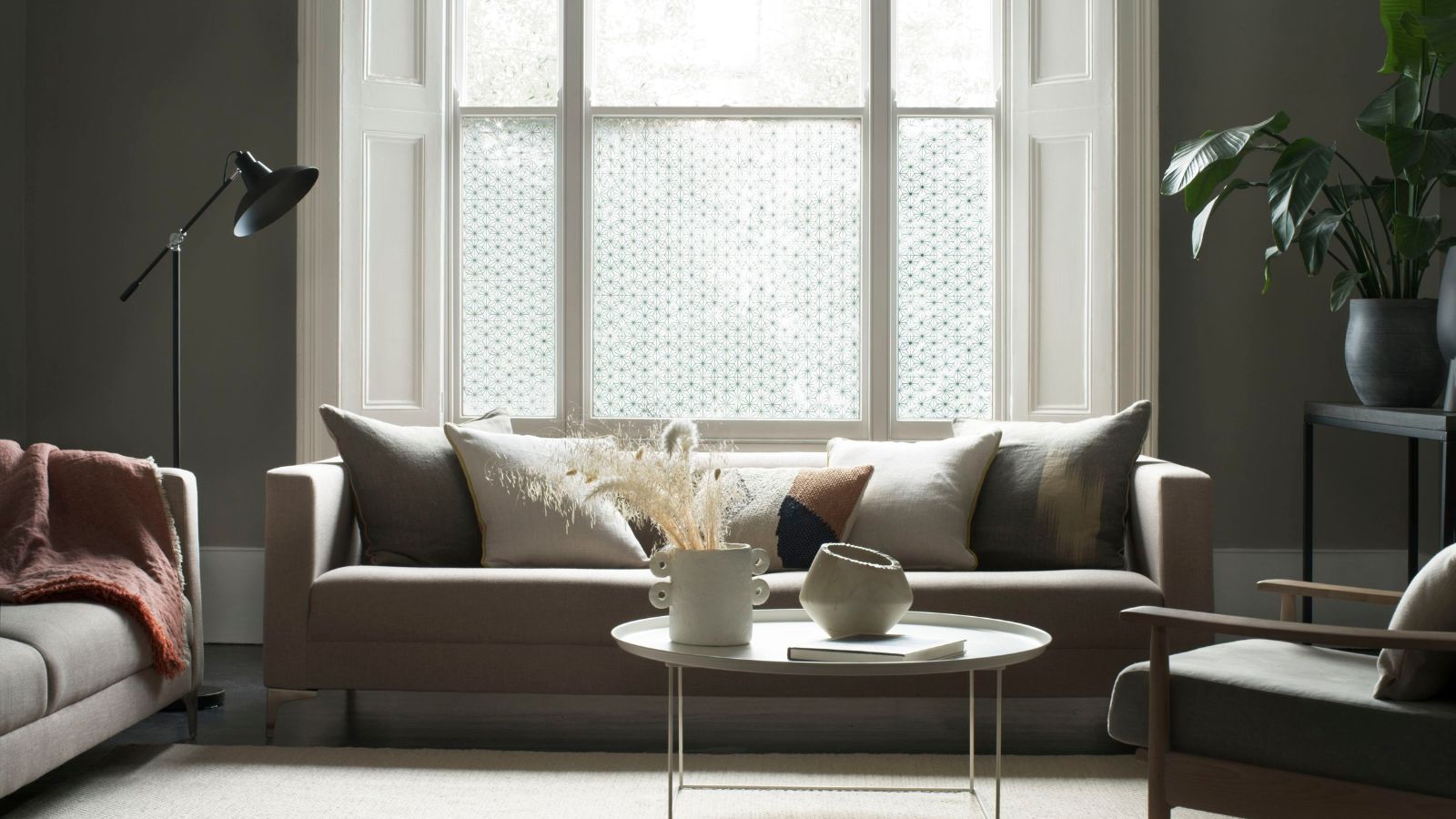
There is nothing worse than putting on the heating in winter and still sitting shivering an hour later. But why does this happen?
Home improvement and heating experts suggest that a cold house after heating could be a sign of serious issues in your property – all of which need addressing to make your heating more efficient and help you stay warm and healthy.
From bad insulation to a faulty thermostat, these are the five reasons you aren't feeling the benefit of your heating.
Why is my house so cold even with heating?
Besides avoiding some common heating mistakes such as not using the best temperature for a thermostat in winter and forgetting to draft-proof, there are five reasons why your home may still be cold even with heating. Here is how to fix them.
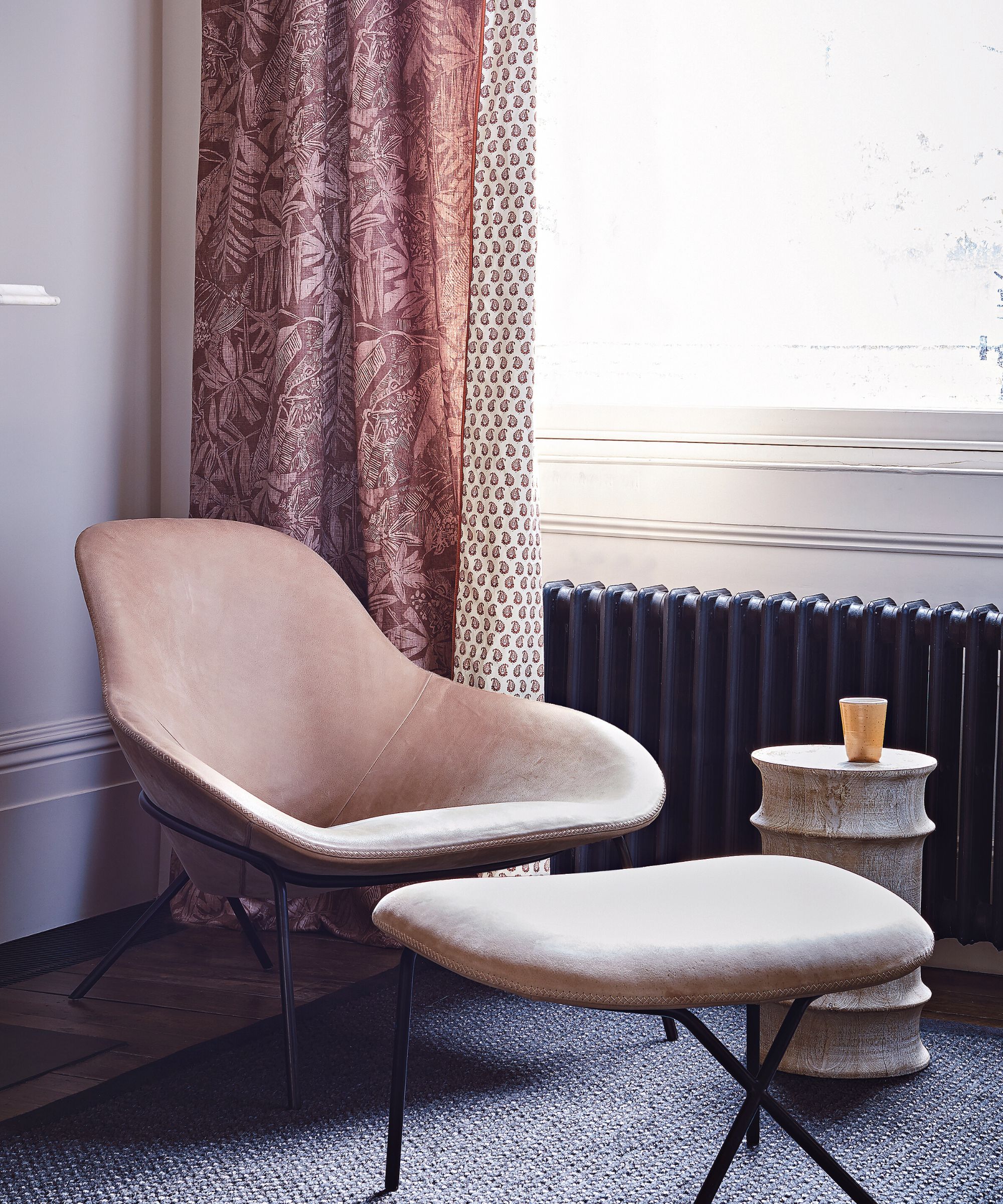
1. Your air ducts are leaking
If your home heating is primarily made up of vents or air ducts, and you find that some rooms are a lot colder than others, it is likely an issue with your duct system, begins Amit Gupta, CEO and HVAC expert at Aeroseal:
‘According to the US Dept. of Energy, 95% of all air ducts leak, however, how much leakage varies from house to house. So, if you have rooms on the outskirts of your duct system that can’t seem to regulate temperature, you likely have a leak problem,’ Amit explains.
Leaking ducts can be caused by several factors, such as age and wear, imbalanced pressure inside the ducts, poor installation and materials, and exposure to environmental conditions. It is best to have your ductwork serviced regularly and repaired when needed by a professional to ensure you are not wasting money on energy bills.
Design expertise in your inbox – from inspiring decorating ideas and beautiful celebrity homes to practical gardening advice and shopping round-ups.
2. Your home isn’t well-insulated
Heating a home with poor insulation is incredibly difficult, and can often lead to a cold home with high energy bills. This is because heat is easily lost through ceilings, floors, and walls – something particularly true in older homes, or homes that have not been maintained.
Luckily, in many cases, there are steps you can take to help insulate your home, says Adam Mohammed, manager at Di-Log Energy:
‘Cavity wall insulation, solid wall insulation, floor insulation, and roof and loft insulation are all methods to reduce the amount of heat escaping and improve the long-term energy efficiency of the home.
‘However, before embarking on some of these large-scale changes it is important homeowners identify how and where heat loss is occurring so that any changes deliver the most impact.’ To do this, Adam suggests using a thermal camera or having a professional perform a survey, to pick up on the worst affected areas of your home, so you know where to focus your efforts and how to pick the best eco-home improvements.
3. Your home is drafty
More often than not, the most common culprit for a home being cold is a draft running through the property, letting cold air in and hot air out, says Bradley Stroot, lead service technician at Tuttle Heating and AC.
Most commonly found around windows and doors, drafts are simple to fix with weather stripping, thermal curtains, and products like window films, he says. For a more permanent solution, he recommends replacing the windows and doors entirely to help draft-proof an entryway with more modern, better-fitting options that will serve your home better in the long run.
Window Insulating Film | View at Amazon
This insulating film can be applied to the inside of your windows to add a second or third layer of insulation against cold air without damaging your home.
4. Your thermostat is faulty or not calibrated
If you have ruled out drafts, insulation, and duct issues, then the issue may lie with your furnace or thermostat, points out Shlomo Cherniak, professional handyman and founder of Cherniak Home Services. These can affect your heating efficiency, making it a lot hard to cut energy bills, and often require a professional service to repair, he says:
‘A malfunctioning boiler may not produce enough heat, while a faulty thermostat may not accurately control the temperature,’ he explains. ‘It's important to ensure that both the boiler and thermostat are working properly.
Schedule regular maintenance for the boiler to ensure it is functioning optimally. This may involve cleaning or replacing components, checking for leaks, and ensuring proper water levels. If you suspect a problem with the boiler, it is recommended to consult a licensed professional for inspection and repairs.
‘Double-check the thermostat settings to ensure they are correctly programmed and set to the desired temperature. If the thermostat is not functioning properly, consider replacing it with a new one. Smart thermostats can provide more precise temperature control and energy-saving features.’
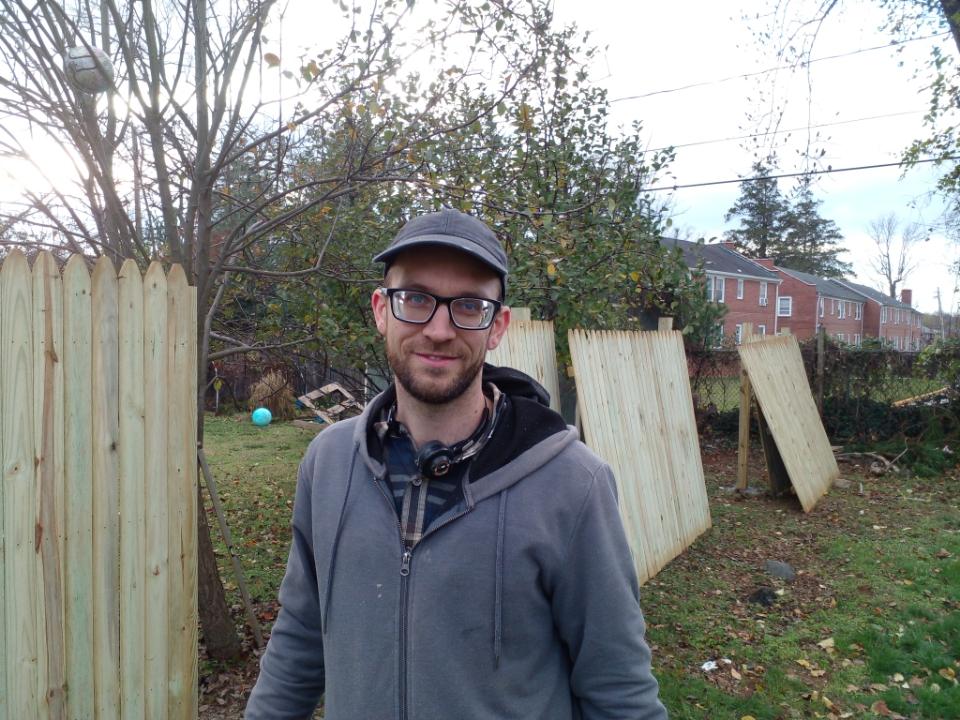
Shlomo Cherniak is a handyman and founder of Cherinak Home Services in Baltimore. He has over seven years of experience in home improvement, with him and his team specializing in everything from installing kitchen cabinets to fixing leaky faucets to hanging pictures on the wall.
5. Your heating is insufficient for the size of your home
When every other problem is ruled out, it is time to consider that your heating may not be sufficient enough for the size of your home, concludes Jay Sanders, contractor and owner of Castle Dream Construction. ‘An outdated or improperly sized heating system may not be able to generate enough heat to keep the entire house warm,’ he shares.
When this is the case, the only fix is to replace or upgrade your existing heating system with a model more appropriate for your home, he recommends. Although this will be pricey upfront, it will be incredibly beneficial in the long run – even helping you to save money at home.
FAQs
Is it bad for my house to be cold?
A cold house is not only uncomfortable but can be damaging to your health and your home’s structure. Leaving a house too cold for too long can contribute to structural issues, damaged pipes, and even mold – so it is best to put the heating on even just a little bit per day to raise the temperature and stay safe.
How many hours a day should the heating be on?
When heating a hose in winter, it is typically to have your heating turned on for around six to eight hours, depending on the size of your home and how well-insulated it is. In fall and spring, you may be able to reduce this to having it on for around two to four hours a day, depending on where you live and the climate. Typically, in summer, you won't need your heating on at all.
Although it is possible to keep a house warm without turning up the heat, it is best to find solutions to cold spots in your space to avoid damage to your home and pipes. If you still can’t work out why you feel so cold with the heating on, consider calling in an HVAC technician for an audit of your property. They will be able to suggest causes and the best plan of action to keep you comfortable at home throughout winter.

Chiana has been at Homes & Gardens for two years and is our resident 'queen' of non-toxic living. She spends most of her time producing content for the Solved section of the website, helping readers get the most out of their homes through clever decluttering, cleaning, and tidying tips. She was named one of Fixr's top home improvement journalists in 2024.
